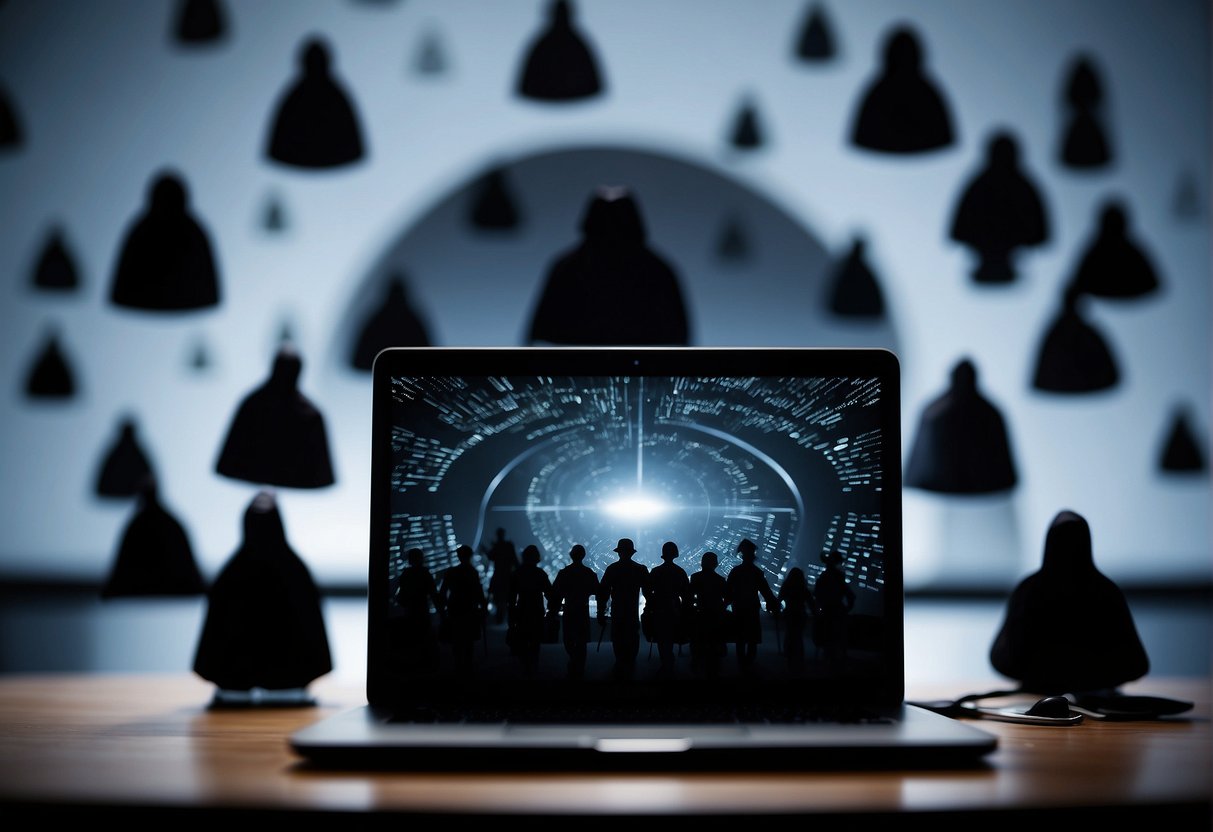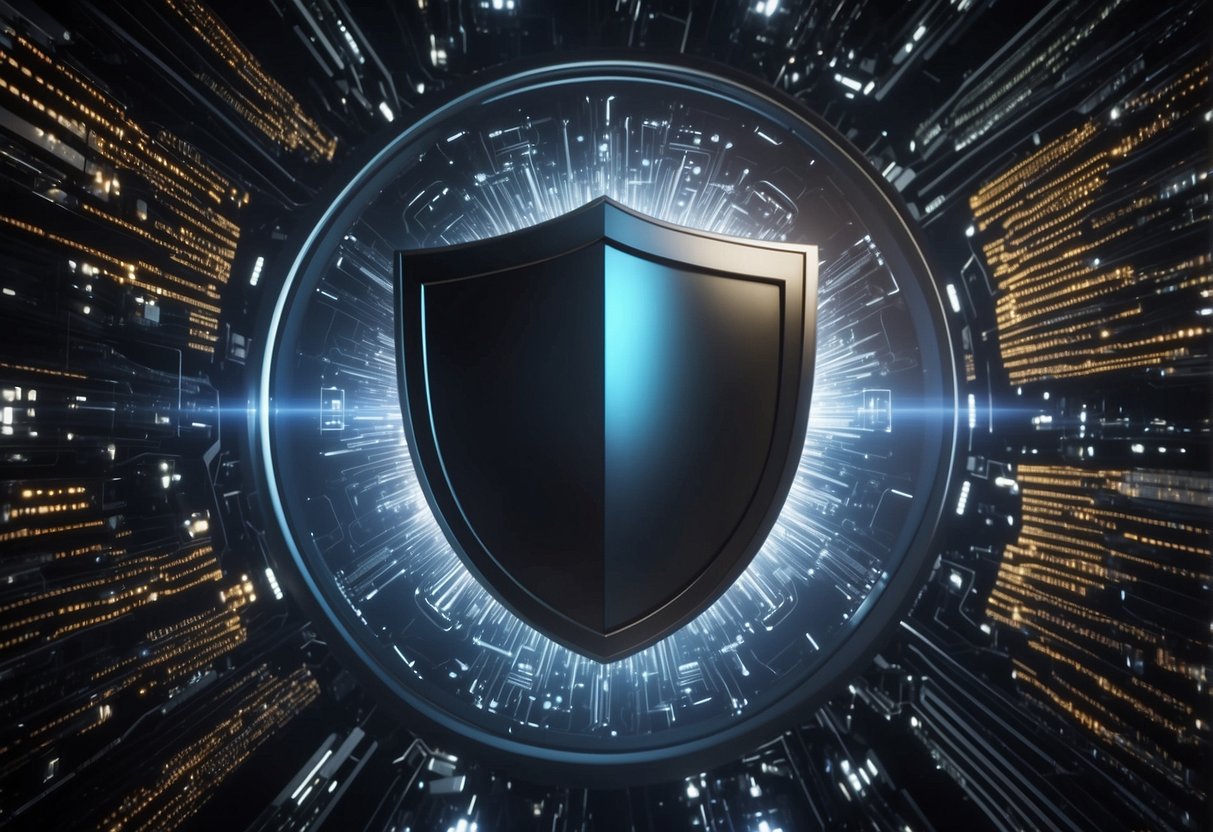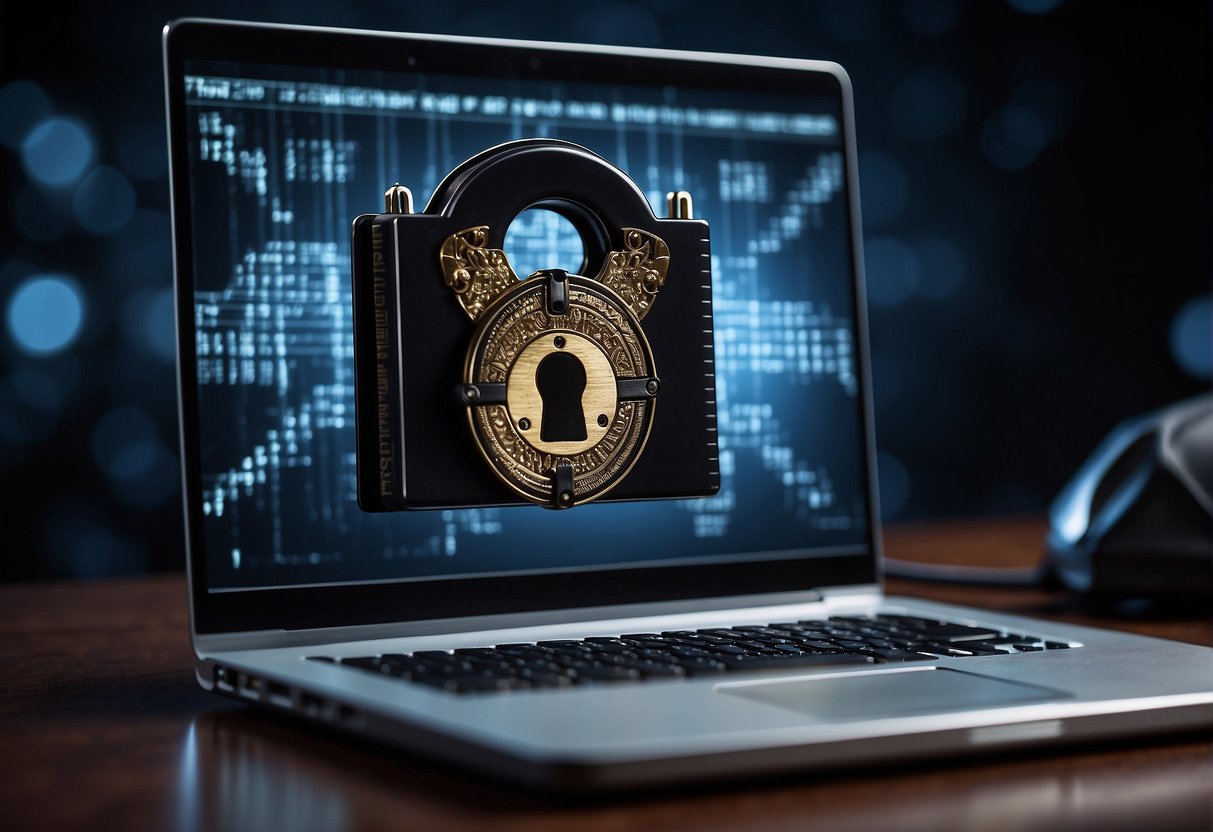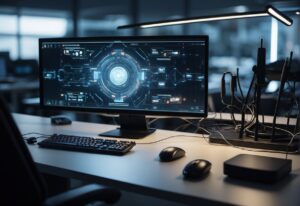Personal computing has become an integral part of everyday life. Individuals rely on their devices for work, entertainment, and communication. However, with the increasing reliance on technology, the risk of cyber threats has also grown. Cybersecurity trends for personal computing have become a crucial topic of discussion as individuals seek to protect their digital assets from cybercriminals.
Emerging threats in cybersecurity, such as phishing attacks, ransomware, and social engineering, have become more sophisticated and harder to detect. As such, it is essential to stay up-to-date with the latest cybersecurity trends to ensure that personal devices are adequately protected. Advancements in protective technologies, such as machine learning and artificial intelligence, have also played a significant role in enhancing cybersecurity measures.
Shifts in security practices have also become apparent in recent years. Many organizations are moving towards a more proactive approach to cybersecurity. This approach involves identifying potential threats before they occur and implementing measures to prevent them. Additionally, regulatory and compliance changes have led to increased pressure on organizations to ensure that they are adequately protecting their clients’ data. As such, cybersecurity trends for personal computing have become more critical than ever before.
Key Takeaways
- Emerging threats in cybersecurity are becoming more sophisticated and harder to detect.
- Advancements in protective technologies, such as machine learning and artificial intelligence, have played a significant role in enhancing cybersecurity measures.
- Shifts in security practices and regulatory and compliance changes have led to increased pressure on organizations to ensure that they are adequately protecting their clients’ data.
Emerging Threats in Cybersecurity

As personal computing continues to evolve, so do the risks associated with it. Cybercriminals are constantly finding new ways to exploit vulnerabilities in the system, and it is important to stay up-to-date on the latest threats. Here are some emerging threats in cybersecurity that individuals should be aware of:
AI-Powered Attacks
Artificial intelligence (AI) is becoming increasingly sophisticated, and cybercriminals are taking advantage of this technology to launch more targeted attacks. AI-powered attacks can bypass traditional security measures and adapt to changing environments, making them harder to detect and prevent. These attacks can range from simple phishing scams to more complex deepfake videos that can manipulate people into giving away sensitive information.
Ransomware Evolution
Ransomware has been a persistent threat for several years, and it continues to evolve. In the past, ransomware attacks typically involved encrypting files and demanding payment in exchange for the decryption key. However, cybercriminals are now taking a more targeted approach, going after specific organizations and demanding higher ransom payments. They may also threaten to release sensitive data if the ransom is not paid, which can have serious consequences for individuals and businesses alike.
Phishing Tactics and Social Engineering
Phishing scams and social engineering tactics remain a significant threat to personal computing. Cybercriminals use these tactics to trick individuals into divulging sensitive information, such as passwords or credit card numbers. They may use fake emails or websites that look legitimate, or they may pose as trustworthy individuals to gain access to personal information. As technology improves, cybercriminals are finding new ways to make these scams more convincing, making it important to stay vigilant and cautious when it comes to sharing personal information online.
Advancements in Protective Technologies

As cyber threats continue to evolve, protective technologies must also advance to keep pace. In recent years, there have been significant advancements in protective technologies, particularly in the areas of machine learning, encryption and cryptography, as well as next-generation firewalls and EDR solutions.
Machine Learning in Intrusion Detection
Machine learning has emerged as a powerful tool in intrusion detection. By analyzing network traffic and user behavior, machine learning algorithms can identify patterns that may indicate a cyber attack is underway. These algorithms can then alert security teams, enabling them to take action before any damage is done.
Enhancements in Encryption and Cryptography
Encryption and cryptography are critical components of any cybersecurity strategy. Recent advancements in these technologies have made it possible to secure data more effectively than ever before. For example, homomorphic encryption allows data to be processed while it remains encrypted, ensuring that sensitive information is never exposed.
Next-Generation Firewalls and EDR Solutions
Next-generation firewalls and EDR solutions are becoming increasingly important in the fight against cyber threats. These technologies provide advanced threat detection and response capabilities, enabling security teams to quickly identify and mitigate cyber attacks. With the ability to analyze network traffic and user behavior in real time, these solutions can detect and respond to threats faster than ever before.
Shifts in Security Practices

As the world becomes increasingly digital, the need for robust cybersecurity measures has become more apparent. Personal computing devices, such as laptops and smartphones, are now an integral part of our daily lives, and protecting them from cyber threats has become a top priority. In this section, we will discuss some of the key shifts in security practices that have emerged in recent years.
Zero Trust Architecture
Zero Trust Architecture (ZTA) is an approach to cybersecurity that assumes that every user, device, and application is a potential threat. This approach requires all users and devices to be authenticated and authorized before they can access any resources on the network. ZTA also requires continuous monitoring of all network traffic to detect and respond to any anomalies or suspicious activity.
Multi-Factor Authentication
Multi-Factor Authentication (MFA) is a security measure that requires users to provide two or more forms of authentication before they can access a system or application. This can include something the user knows, such as a password or PIN, something the user has, such as a security token or smart card, or something the user is, such as a fingerprint or facial recognition.
MFA is becoming increasingly popular as a way to protect personal computing devices from unauthorized access. It provides an additional layer of security beyond traditional username and password authentication, making it more difficult for hackers to gain access to sensitive information.
Cloud Security and Hybrid Work Models
The rise of cloud computing has also led to a shift in security practices. With more and more personal data being stored in the cloud, it has become essential to ensure that cloud security measures are in place to protect this data. This is especially important in hybrid work models, where employees work both in the office and remotely.
Cloud security measures can include encryption of data, access controls, and regular security audits. In hybrid work models, additional measures may be required, such as virtual private networks (VPNs) to ensure secure remote access to company resources.
Regulatory and Compliance Changes

As technology continues to advance, governments around the world are introducing new regulations to protect personal data and ensure cybersecurity. In this section, we will discuss the global data privacy regulations and sector-specific compliance requirements that individuals and organizations must be aware of to stay compliant.
Global Data Privacy Regulations
With the increasing number of data breaches and cyber-attacks, governments have introduced data privacy regulations to protect personal data. The General Data Protection Regulation (GDPR) in the European Union and the California Consumer Privacy Act (CCPA) in the United States are two of the most well-known regulations. The GDPR requires organizations to obtain explicit consent from individuals before collecting and processing their data, while the CCPA gives Californians the right to know what data is being collected about them and the right to request that it be deleted.
Other countries, including Brazil, Canada, and India, have also introduced data privacy regulations in recent years. As a result, individuals and organizations operating across borders must be aware of the different regulations and comply with them to avoid hefty fines.
Sector-Specific Compliance Requirements
In addition to global data privacy regulations, different sectors have specific compliance requirements. For example, the healthcare industry must comply with the Health Insurance Portability and Accountability Act (HIPAA), which mandates the protection of patients’ electronic health records. Similarly, the financial industry must comply with the Payment Card Industry Data Security Standard (PCI DSS), which requires the protection of credit card data.
As technology continues to evolve, new regulations and compliance requirements will emerge. It is essential to stay up-to-date with the regulatory landscape to ensure compliance and protect personal data.
Future of Cybersecurity

Predictions from Gartner and Other Analysts
Cybersecurity will continue to be a critical concern for individuals and organizations alike. According to Gartner, generative AI (GenAI), unsecure employee behavior, third-party risks, continuous threat exposure, boardroom communication gaps, and identity-first approaches to security are the driving forces behind the top cybersecurity trends for 2024.
The continued growth of cloud adoption and the increasing use of digital technologies will also impact the future of cybersecurity. Organizations will need to invest in security solutions that can keep up with these changes and secure their data against emerging threats.
Preparing for Cyber Resilience
To stay ahead of cyber threats, individuals and organizations need to be proactive in their approach to cybersecurity. This means investing in security solutions that can detect and prevent cyber attacks before they happen.
In addition, organizations need to focus on cyber resilience. This involves building a strong security posture that can withstand cyber attacks and quickly recover from them.
This requires a comprehensive risk management strategy. The strategy should include regular security assessments, employee training, and ongoing security investments.



